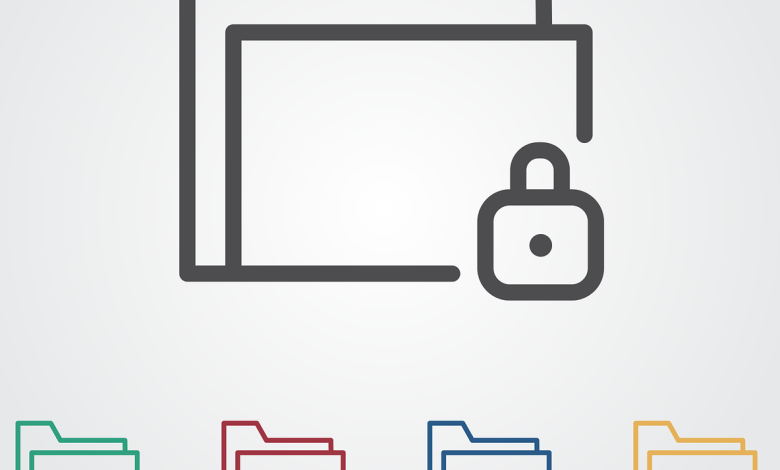Choosing Which Documents To Protect

You may have several valuable documents to protect, whether at home or in the office. Not only is it essential to know where your own records are located, but specific digital files such as your Social Security information, tax returns, financial data, etc., must be safely maintained and protected against all forms of danger as well. On the other hand, several documents are important in the office, such as copyright information, intellectual property, client or customer credentials, financial information, and more.
Gathering Your Important Documents
To know which of the documents are most valuable to you, you may want to consider the ones you want to secure in the event of an emergency. But, first, let’s look at some of the critical records and documents you must protect.
- Mortgage Papers
- Purchase Agreements
- Insurance Policies
- Birth and Death Certificates
- Marriage Licenses
- Social Security Data
- Passports
- Wills and Living Wills
- Medical Data
- Automobile Information
- Credit Card Credentials
- Investment Documents
- Loan Papers
- Tax Information
- Monthly Bills and Receipts
- Banking Records
- Education Certificates
- Career and Work Highlights
Once you have located all your essential documents in one place, start to digitise them if they are in the physical form. It can be handy to digitise physical certificates and records as it ensures the longevity of the document’s contents and its access anytime, whenever needed. Take the time to scan every document to decide which ones you need to secure and protect safely.
Choose to divide them into sectors based on the order of importance, such as starting with medical records, birth certificates, Social Security cards, financial data, banking records, property deeds and tax information. Then, take a good look at low priority documents and ones that you no longer need. Shredding unneeded documents can help eliminate clutter. For instance, you may want to get rid of paperwork such as:
- Printed bank statements more than five years old.
- Credit card records longer than three years. However, you may need to maintain those related to large purchases for payment proof.
- Tax information of more than seven years old.
- Monthly bills and receipts that are more than five years old.
- Expired insurance policies, warranties, service contracts and leases.
After you have culled the large stacks of paperwork, you can now organise the ones you need that can help you to find a particular document in the future quickly. You may opt for alphabetical or chronological arrangement and even opt for filing it by subject, depending upon your choice.
The Flaws of Popular Document Security Options
Many people choose various storage options for important documents to protect them securely and access them easily when needed. However, physical storage forms such as USB sticks and hard drives can be easily corrupted or hacked into.
Online documents storage options provide cloud storage to provide you with easy access and the arrangement to find documents in one place. However, if records stored are not encrypted or secured correctly, they could be susceptible to theft or misuse.
Once you have digitised these documents, they could be made publicly available in the digital space if no restrictions are applied. But digitising physical records benefits you from accessing them when disaster strikes, which will be just as consequential as recovering from the emergency. Essential documents can no longer be held secure with password protection since there are easy ways to hack these. It would be best to consider a transparent and proven document security solution such as digital rights management [DRM]. DRM gives you complete control over who can access your PDF files with US strength AES encryption and enables you to apply restrictions and control expiry should you need to share documents securely with others.
When protecting your valuable documents, you need a powerful yet easy to use data security system that can empower you to safeguard your confidential and sensitive information. Besides, if your documents contain revenue-generating content such as copyright information or intellectual property, you need control over how content can be used – that is only something DRM solutions provide.
Securing valuable PDF documents with a cost-effective digital rights management solution is the only answer to genuinely safeguarding data. With DRM, you get the opportunity to protect your documents, block printing and copying, unauthorised access, and allow you to set expiry date limits and dynamic watermarks on your papers. Furthermore, you can choose to revoke access to a user on the occasions where you have to send copies of your valuable documents to others. So look to trusting your most sensitive documents with DRM security regardless of where it is stored or with whom it is shared.
DRM protected documents are encrypted with the highest security levels and make it easy for you to track, share, and protect your content.
Conclusion
It’s time to say goodbye to useless passwords to protect your important documents and opt for PDF DRM to protect your valuable records securely. No matter where your sensitive content or confidential documents go, with DRM security you can track its whereabouts and trust it to be safe at all times.




